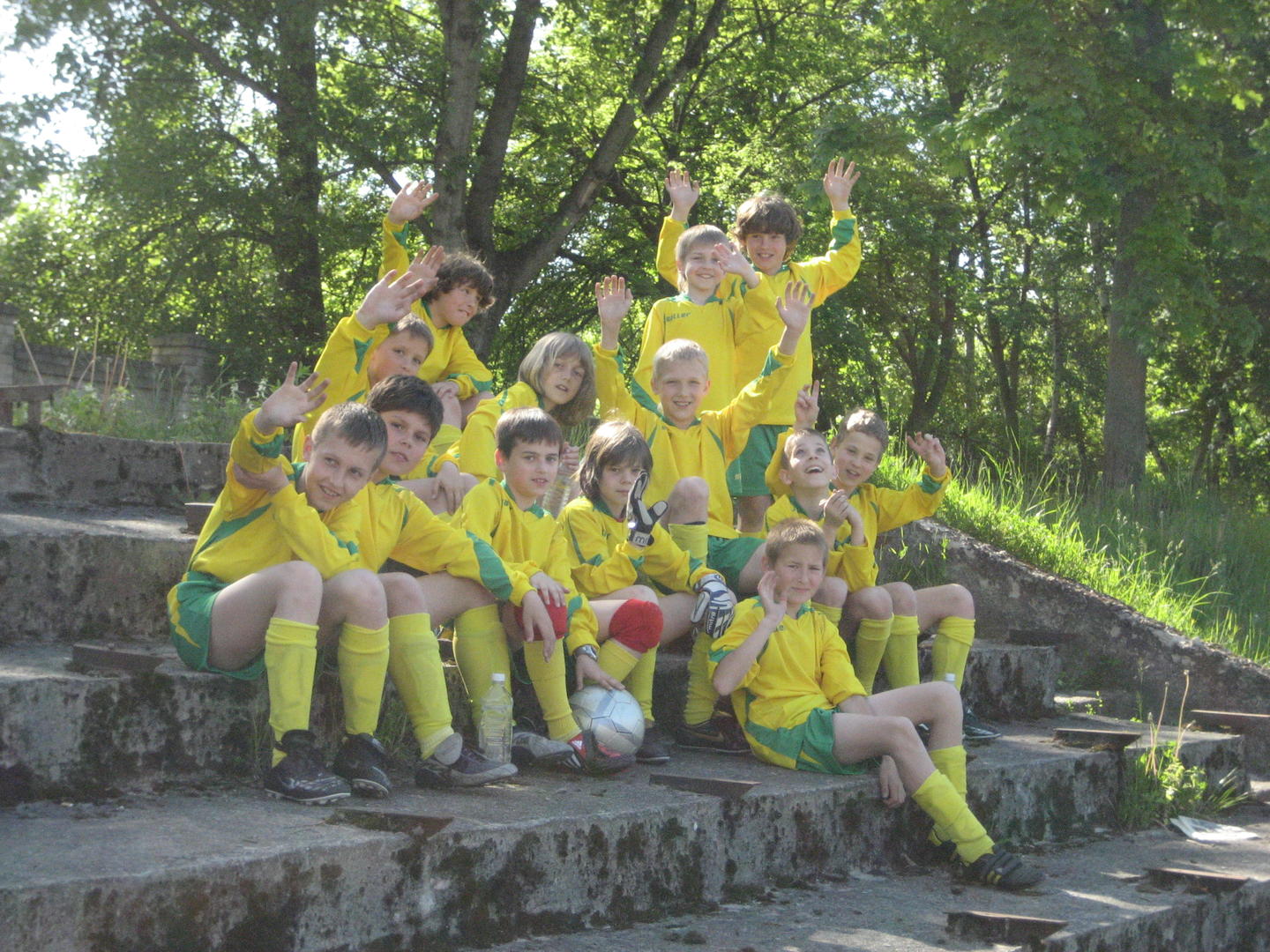The evaluation of the effects of the grants in Lithuania, developed by BGI Consulting, was commissioned by the Lithuanian Ministry of Finance.
More than any other country benefiting from the EEA and Norway Grants, Lithuania chose to target the funding on health and childcare projects. Efforts focused on early diagnostics and prevention of diseases such as cancer. Lithuania is among the countries battling the highest cancer rates in the EU. Considerable funding was also spent on cultural heritage projects which helped preserved a number of historical buildings.
The evaluation is therefore focused on the achievements within the fields of health and childcare and cultural heritage in Lithuania. The report also goes into detail on the benefits of the regional policy fund aimed at strengthening cooperation among local and regional partners in Lithuania and Norway.
Key overall findings
• The Grants have had a positive effect on social and economic welfare in Lithuania. The funding has contributed to reduce social and economic disparities, both within Lithuania and compared with other countries in the European Economic Area.
• The Grants' impact has been the greatest in the fields of health and childcare, and cultural heritage.
• In the health care area, the financing led to improvements in the medical base by purchasing new diagnostic and treatment equipment, enabling healthcare institutions to acquire new premises and providing training for medical staff.
• The financed academic research projects on cancer have created possibilities for further research within the field.
• Both in childcare and cultural heritage, the majority of the funding were spent on the most urgent problems in the sector. This includes renovation, purchasing equipment and building sports arenas.
• While the individual projects in general did not lead to cooperation and strengthened relations with the donor states, the academic research projects and smaller-scale projects financed under the Cooperation Fund led to new contacts and knowledge transfers between entities in Lithuania and the donor states.
• The Grants were essential for the implementation of the projects. Two thirds of the projects that received support would not have been implemented without the Grants. Many projects were nevertheless already well-established and several also benefited from other funding sources.
Lessons learned
• The report supports the decision to focus the Grants in Lithuania. By prioritising two sectors (health and childcare and cultural heritage) the positive effects of the funding were better felt than if the Grants would have been spent on a wider range of areas.
• The report concludes that the maximum impact of the funds occurred when the projects addressed broader objectives in their sector, and not only local needs.
• An example of best practice is the Open Air Museum of Lithuania. The funding was not only invested in restoring a manor house, but also financed practical training workshops for craftsmen from different regions in Lithuania.
• With the exception of academic research projects and sub-projects of the Cooperation Fund, cooperation with donor state partners was infrequent. This can be improved if the projects are designed in a manner that would increase the need for cooperation across borders.
Recommendations
• In the childcare area, the Grants were for the most part spent on dealing with urgent concerns related to basic infrastructure. Future funding within this field in Lithuania should include longer-term projects such as establishing foster care institutions in the children’s local environments and create occupational activities for youngsters.
• The cultural heritage projects were focused on maintenance, acquiring suitable equipment and installing exhibitions. Given that the Grants have solved the most urgent problems related to the physical condition of the cultural heritage objects, the report recommends that the Grants should seek to support projects at the regional and national level in the future. The report also suggests that the Grants should support more projects promoting long-term systematic change within heritage protection.
• The projects financed under the ‘Capacities Strengthening Fund’ strengthened the administrative and public services’ capacities at both regional and local level. Yet, the demand for such services still surpasses the supply, and the report recommends that such a Fund is continued and strengthened.
Photo: Norwegian Ministry of Foreign Affairs
